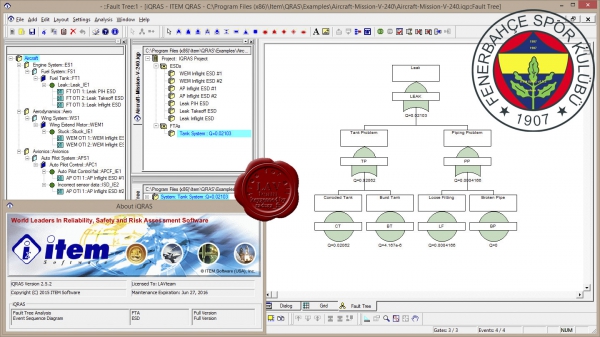
Understanding risk and having the right strategies in place when an incident occurs is becoming more evident and essential. More and more, organizations are faced with the need to measure and reduce their risks. A successful and effective approach to risk management critically depends on the ability to answer key questions:
- How large are our risks?
- What are the most likely risk scenarios and how severe would the consequences be?
- What elements in our system or organization are the major contributors to risk?
- How will our risk be affected by changes to the system or organization?
- How confident are we about the answers to the above, and how can we increase our confidence?
- Do you have to analyze multiple or single factors to address the uncertainties when reducing your risk? Do you consider such factors as: systems, processes, organization, people, communication and unforeseen elements as part of your risk assessments?
- Do you need to construct scenarios with many elements or factors during your risk assessment? Do you consider elements that could adversely affect your organization's mission, proposal, production, finances, design, acquisition, schedule, requirements, and management?
- Do these elements or factors pose a threat or potential risk on their own or have an effect on other parts of the organization?
ITEM Quantitative Risk Assessment System (iQRAS) can help identify the risks, find the major contributors, effective ways to reduce the risks, and improve your understanding. The initiating event integration with time lines, event sequences, failure probability characterization, risk ranking, and sensitivity analysis, provides you with a powerful, integrated, risk analysis environment. Other Probabilistic Risk Assessment (PRA) tools cannot match the unique integration of capabilities in iQRAS.